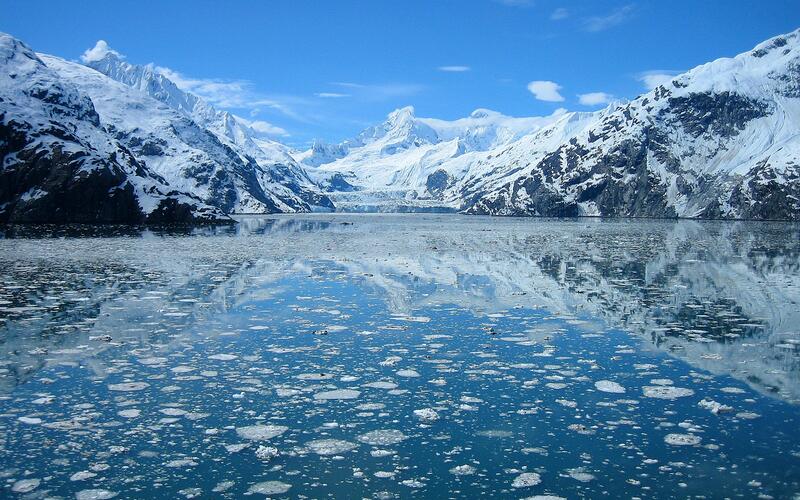Growth of glacial lakes increases hazards for glacial lake outburst floods (GLOFs)

Growth of glacial lakes increases hazards for glacial lake outburst floods (GLOFs)
New research maps the global extent of glacial lakes and shows that climate change is causing an increase in the size of these lakes across the planet. As glacial lakes grow, the likelihood of glacial lake outburst floods (GLOFs) in high altitude areas is increasing. This study highlights the urgent need for adaptation planning in high risk mountainous communities that may be exposed to GLOFs as the planet warms.
Shugar, D.H., Burr, A., Haritashya, U.K. et al. Rapid worldwide growth of glacial lakes since 1990. Nat. Clim. Chang. 10, 939–945 (2020). https://doi.org/10.1038/s41558-020-0855-4
Melting glaciers are characteristic of our rapidly warming world, and much research has focused on the role of melting glaciers in increasing global sea-levels. However, in mountainous terrains, meltwater from glaciers often flows to glacial lakes, which serve as critical reservoirs for this freshwater. The formation of glacial lakes also further contributes to rapid glacier melt, as the water pooling at the base of receding glaciers speeds their breakage and enhances glacial lake growth, independent of the warming climate.
Past research has provided site specific information about the storage potential of glacial lakes, their role in attenuating sea level rise, and the impact of these lakes on surrounding communities. However, fewer studies have focused on providing a global spatial picture of these. Instances of glacier lake outburst floods (GLOFs) are currently unpredictable and can have catastrophic effects for nearby populated areas, underscoring the need to better understand glacier lake systems. GLOFs occur when water pressure within glacier lakes builds up beyond what the natural defenses are able to hold. New research by Dan Shugar and colleagues, published in Nature Climate Change set out to map glacial lakes around the world using satellite imagery. Their results provide answers to some of these questions surrounding glacial lake properties and impacts.
The researchers found that from 1990-2018, glacial lakes grew in volume, total area, and number of lakes by almost 50 percent globally, and these lakes hold enough water to raise sea levels by 0.43 mm. This increase in glacial lake proportions was not distributed equally across the planet. Scandinavia, Iceland, and the Russian Federation have the fastest growing lake areas. Additionally, glacial lakes in the Himalayas increased in volume by nearly 45 percent over the study period.
Growth of glacial lakes also increases the likelihood of GLOFs, especially in glacierized mountain ranges like the Himalayas where hundreds of small towns are villages are scattered across the slopes. In the past few decades, nearly a thousand new glacier lakes have formed in the region. With this increase, human populations and infrastructure for tourism, commerce, and energy security are increasingly exposed to GLOF risks. Within the Himalayas, one example of a high-risk area exists in Nepal, where the local and tourist communities built around trekking Mount Everest are exposed to GLOF hazards from the rapidly growing from Imja Lake. A GLOF from this lake may have the potential to cause catastrophic damage to downstream villages, threatening both property and human lives.
Feedbacks and system dynamics show that GLOF peak will lag by several decades as global warming continues. Shugar’s work provides strong evidence of glacial lake expansion, and highlights the need for scientists to consider potential GLOF triggers in vulnerable communities.
Climate change impacts are manifesting in varied ways in different geographic areas. For glacierized mountainous areas, scientists and managers need to urgently asses the risks posed to human life and economies by glacial lakes. The next step in the assessment of glacial lakes is to analyze specific GLOF triggers and incorporate these within climate change adaptation plans.




